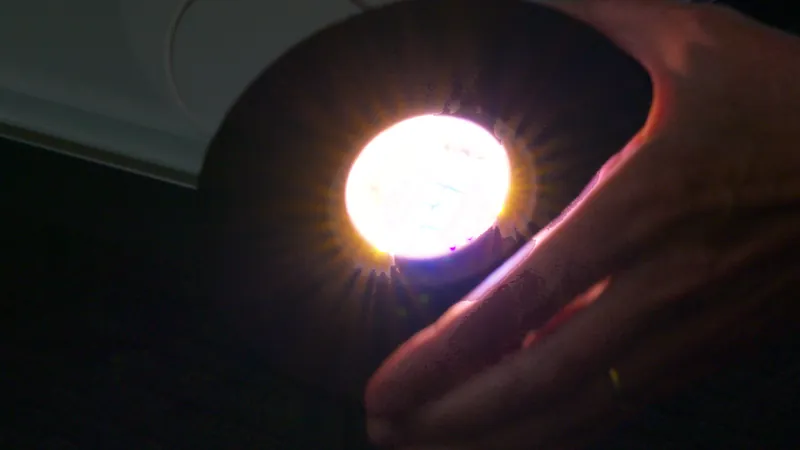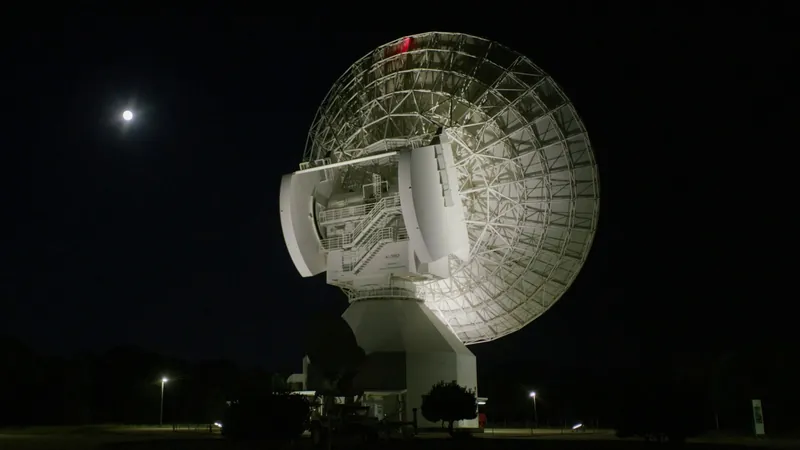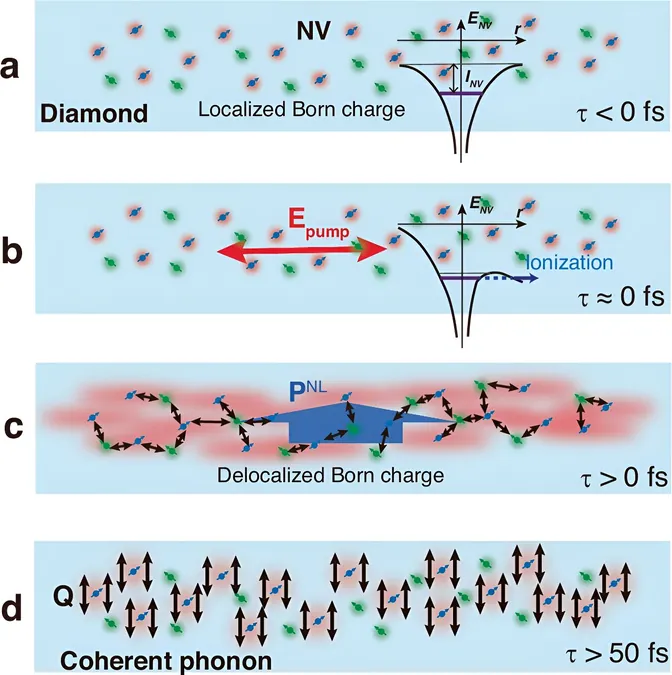
Harnessing Light: Scientists Discover Revolutionary Way to Reset Circadian Clocks
2024-09-16
Imagine waking up feeling refreshed and alert, no matter how late you stayed up or how far you've traveled across time zones! New groundbreaking research from the University of Washington in Seattle unveils a remarkable advancement in our understanding of how light influences our internal clocks, potentially transforming how we combat conditions like seasonal affective disorder (SAD).
The study highlights the powerful effects of specific light wavelengths—blue and orange—that mimic the stunning colors we see in the sky at dawn and dusk. These hues play a crucial role in synchronizing our body’s circadian rhythms, which are vital for maintaining optimal health and mood.
Published in the Journal of Biological Rhythms, the research offers hope to countless individuals suffering from disrupted rhythms caused by modern lifestyles—think graveyard shifts, extensive travel, and insufficient exposure to natural light. "Our internal clock essentially tells our body how to function throughout the day," explains Jay Neitz, a co-author and professor of ophthalmology. If our internal clock is misaligned with the day-night cycle, it can lead to a plethora of issues, from sleep problems to severe mood disorders.
Circadian rhythms are primarily regulated by the body’s exposure to light, which influences melatonin production, the hormone responsible for regulating sleep. The new LED device developed by the research team outperformed traditional lighting options. Their groundbreaking design alternated between blue and orange wavelengths at 19 times per second, creating a soft and natural glow that effectively reset the participants’ internal clocks.
To test this innovative lighting method, researchers devised a study with three different light sources: a standard white light of 500 lux, a short-wavelength blue light targeting melanopsin (a photopigment in our eyes), and their new blue-orange LED device. Participants underwent a regimen where saliva samples were taken to measure melatonin levels before and after exposure to each light type—an intricate process designed to gauge the effectiveness of each light source on melatonin production.
The results were striking! The alternating blue-orange LED device demonstrated a phase advancement of 1 hour and 20 minutes in melatonin production, significantly outweighing the blue light with a 40-minute advance and the white light that barely moved the needle, providing only a 2.8-minute change.
This breakthrough has significant implications not only for individuals struggling with sleep and mood disorders but also for industries ranging from healthcare to travel. Imagine the possibilities — tailor-made lighting solutions that could enhance productivity in office spaces or assist travelers in adjusting to new time zones more effectively!
As scientists continue to peel back the layers of our complex circadian rhythms, this research underscores the profound impact of light on our health and well-being. With further development, this technology could usher in a new era of wellness, helping us synchronize our lives with the natural rhythms of our planet. Stay tuned as this story unfolds, and don’t miss out on how you may soon be able to take control of your internal clock with the flick of a switch!





 Brasil (PT)
Brasil (PT)
 Canada (EN)
Canada (EN)
 Chile (ES)
Chile (ES)
 España (ES)
España (ES)
 France (FR)
France (FR)
 Hong Kong (EN)
Hong Kong (EN)
 Italia (IT)
Italia (IT)
 日本 (JA)
日本 (JA)
 Magyarország (HU)
Magyarország (HU)
 Norge (NO)
Norge (NO)
 Polska (PL)
Polska (PL)
 Schweiz (DE)
Schweiz (DE)
 Singapore (EN)
Singapore (EN)
 Sverige (SV)
Sverige (SV)
 Suomi (FI)
Suomi (FI)
 Türkiye (TR)
Türkiye (TR)